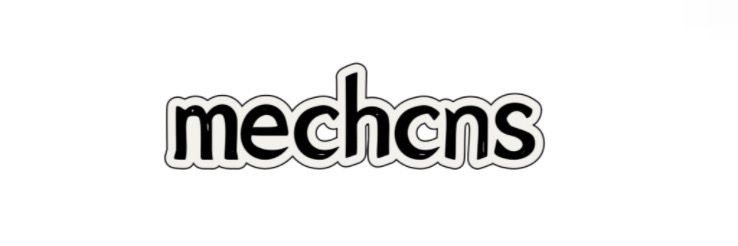Bulk Stamped Parts Supplier vs. Traditional Manufacturing: Which is Better?
When it comes to sourcing parts for manufacturing, one common dilemma is whether to choose a bulk stamped parts supplier or go with traditional manufacturing methods. Understanding both options and their implications can help in making an informed decision.
If you are looking for more details, kindly visit Bulk Stamped Parts Supplier.
1. What are Bulk Stamped Parts?
Bulk stamped parts are components produced using a stamping process, where metal is deformed into the desired shape using a die. This process is efficient and allows for high-volume production with consistent quality.
2. What is Traditional Manufacturing?
Traditional manufacturing encompasses various methods such as machining, casting, and assembling. These processes can be more flexible when it comes to custom parts but may require more time and resources.
3. What are the Benefits of Using a Bulk Stamped Parts Supplier?
- Cost Efficiency: Bulk stamping can significantly reduce costs per part, especially when producing large quantities.
- Consistency: Stamped parts are created through automated processes, ensuring uniformity across all pieces.
- Speed: The bulk production process allows for quicker turnaround times compared to many traditional methods.
- Material Versatility: Various metals can be easily stamped, accommodating a wide range of applications.
4. What are the Drawbacks of Bulk Stamped Parts?
- Initial Tooling Costs: Creating molds can involve a high initial investment, which might not be worth it for smaller orders.
- Limited Design Flexibility: Once the die is made, changes to part design can be difficult and costly.
- Material Waste: Depending on the design, some metal may be wasted during the stamping process.
5. What are the Benefits of Traditional Manufacturing?
- Customization: Traditional methods allow for more complex designs and easy modifications.
- Small Production Runs: Ideal for custom or lower-volume needs without the high upfront costs associated with dies.
- Reduced Scrap Rates: Certain traditional methods can minimize waste, especially in small batches.
6. What are the Drawbacks of Traditional Manufacturing?
- Higher Costs: Producing parts through machining or casting often results in higher costs per unit.
- Longer Lead Times: Traditional processes can be slower, extending production times.
- Inconsistent Quality: Manual operations may lead to variations in quality across parts.
7. Which Option Should You Choose?
Choosing between a bulk stamped parts supplier and traditional manufacturing largely depends on your specific needs:
- If you require a large volume of identical parts quickly and cost-effectively, a bulk stamped parts supplier is likely the better option.
- If your project involves custom parts or lower quantities, traditional manufacturing might be more suitable.
8. Conclusion
Ultimately, your decision should consider factors like production volume, design flexibility, budget, and lead time. Each method has its strengths and weaknesses, and understanding these can guide you toward the best choice for your project.
If you want to learn more, please visit our website Custom pipe fittings for vehicles.
58
0
0
All Comments (0)
If you are interested in sending in a Guest Blogger Submission,welcome to write for us!



Comments